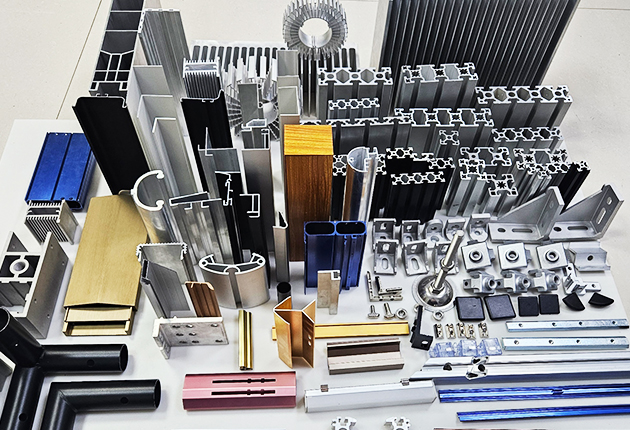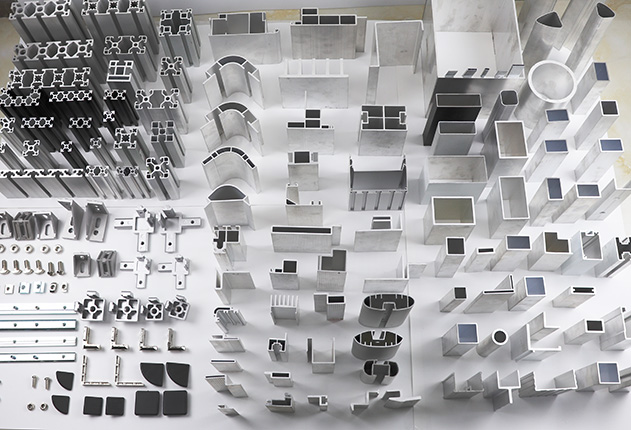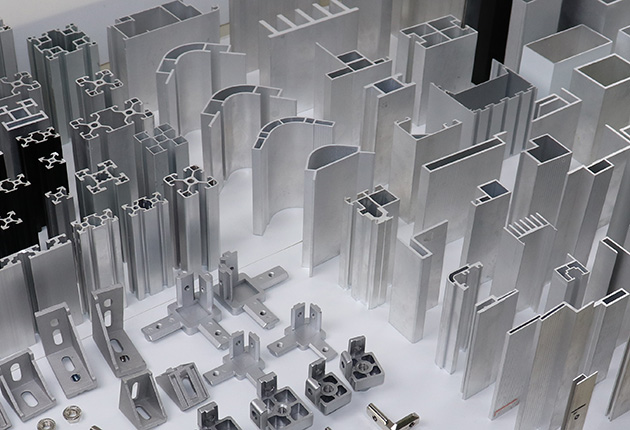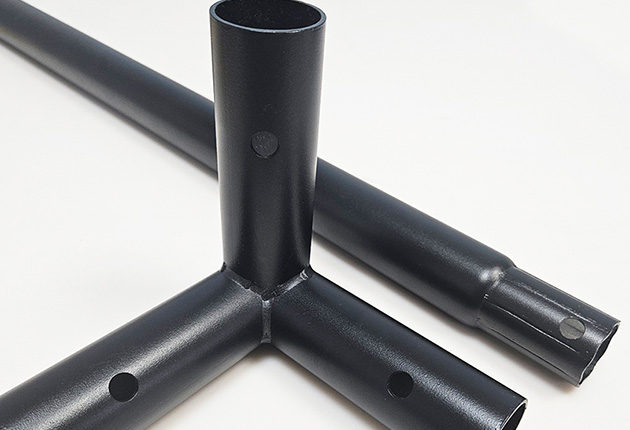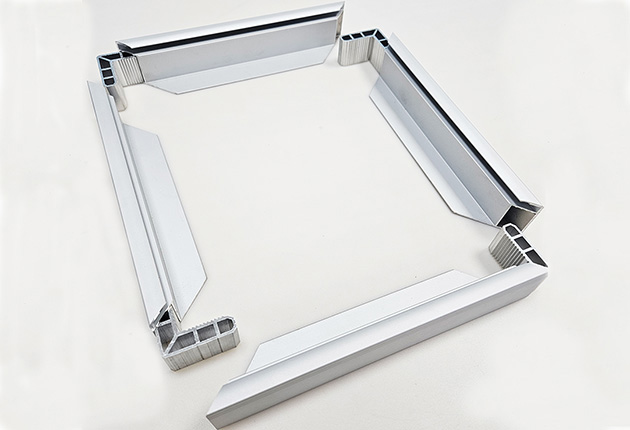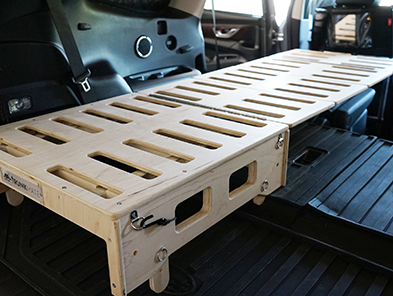1. Introduction
Aluminum profiles have become essential in modern traffic signage due to their durability, design flexibility, and eco-friendliness. This article explores their structural and functional advantages.
2. Material Advantages
Lightweight Structure: Pure aluminum or aluminum alloys such as 5052-H38 or 6061-T6 offer a lightweight solution, facilitating transport and installation.
Excellent Corrosion Resistance: Aluminum is water- and oxidation-resistant, suitable for harsh outdoor environments with minimal maintenance required.
Reflective Film Compatibility: Extruded aluminum slots allow easy mounting of high-reflective films (e.g., HIP, DG3), enhancing visibility at night.
3. Structural Design & Installation
Aluminum profiles can be riveted or welded for increased stability, with slots designed for secure panel mounting.
They support multiple installation types, such as post-mounted, cantilevered, or overhead gantry systems, fitting various road layouts.
4. Durability & Lifespan
The surface of aluminum profiles and panels can be treated with fluorocarbon coatings or anodizing, improving UV resistance and extending service life beyond 10 years.
100% recyclable, aluminum profiles meet sustainable development goals.
5. Application Scenarios
Aluminum traffic signage systems are suitable for highways, main roads, rural roads, and directional signs like speed limits, height restrictions, parking guidance, and entry/exit markings. Shapes and sizes can be customized, including round, square, triangular, octagonal, and diamond shapes.
6. Comparison with Other Materials
Compared to steel, aluminum is lighter, rust-free, and requires less maintenance.
Compared to plastic or PVC, aluminum is more durable and provides higher structural integrity and stability for mounted signage.
7. Conclusion & Recommendation
Aluminum profiles are the ideal choice for traffic signage due to their lightweight yet strong construction, weather resistance, and sustainability. For best results, it’s recommended to use aluminum panels with standard thicknesses (1.5–2.0 mm), paired with high-grade reflective films and alloy materials.



.png)
